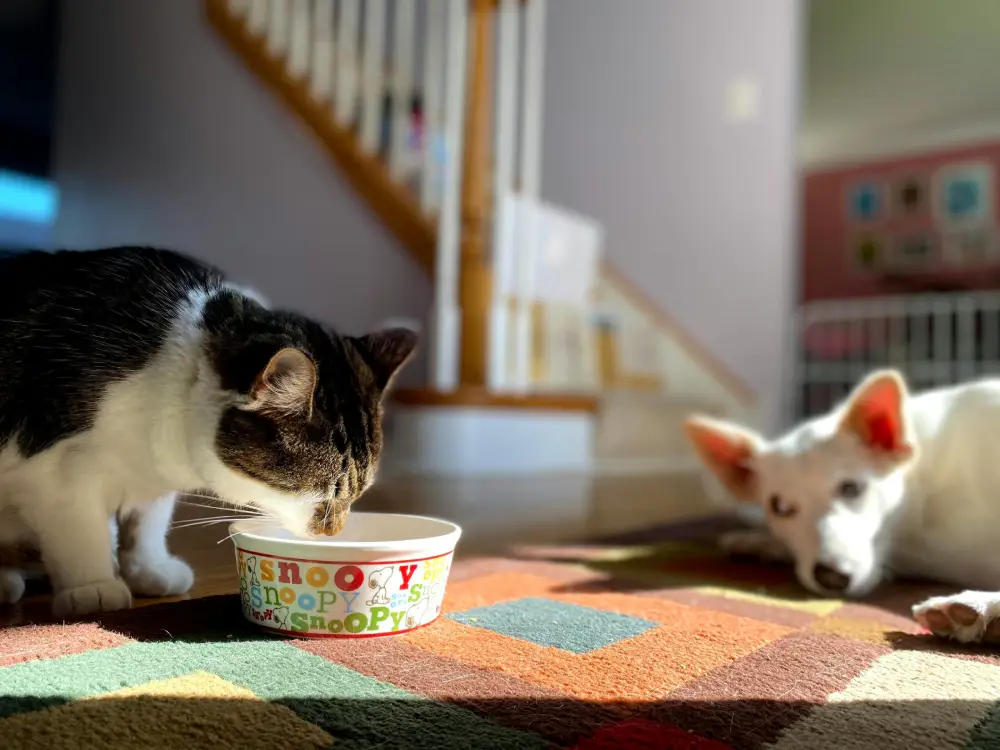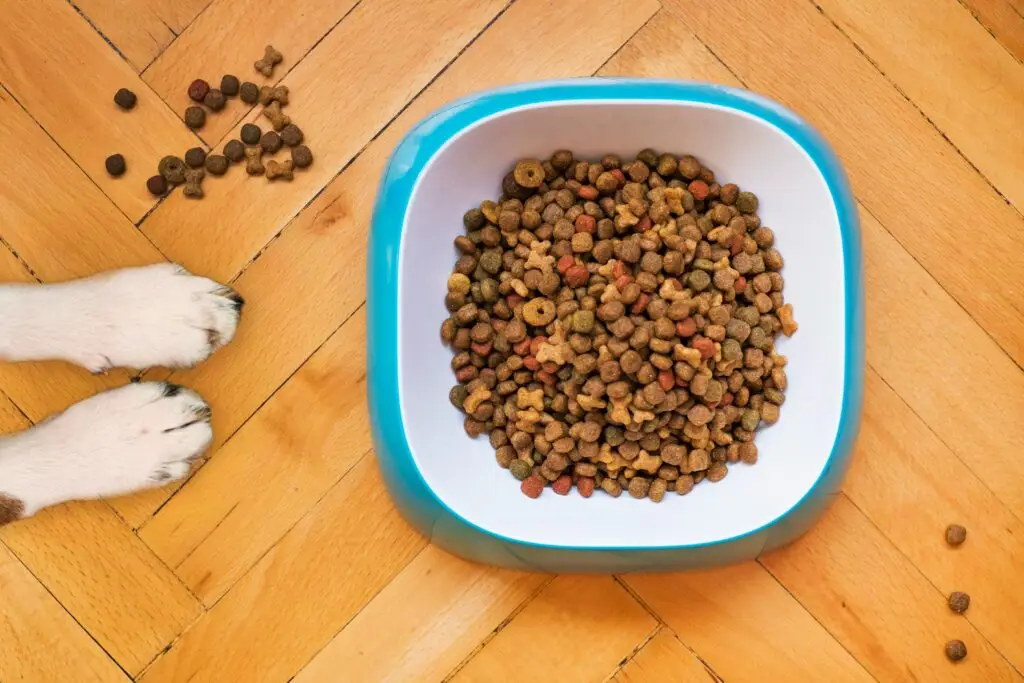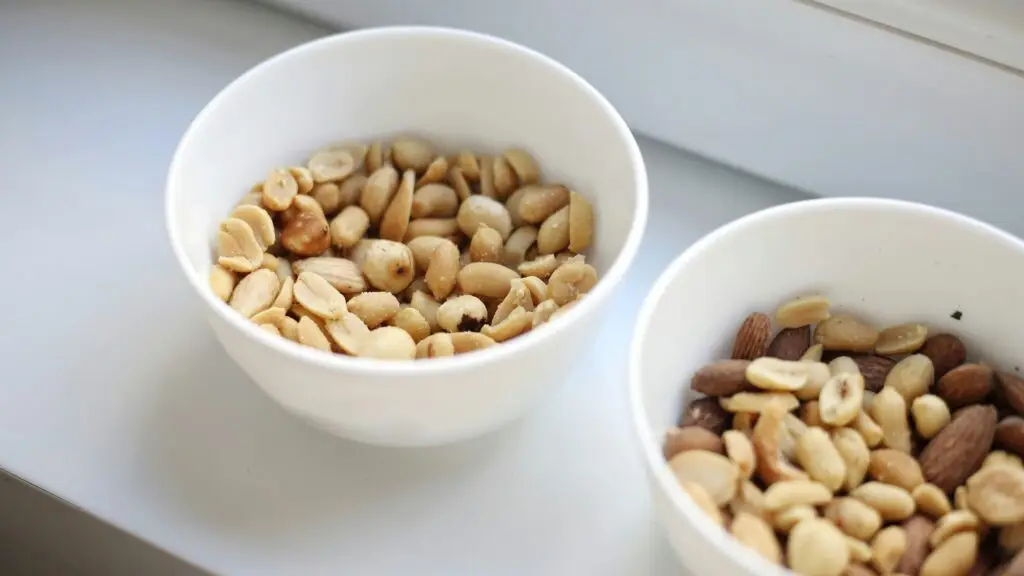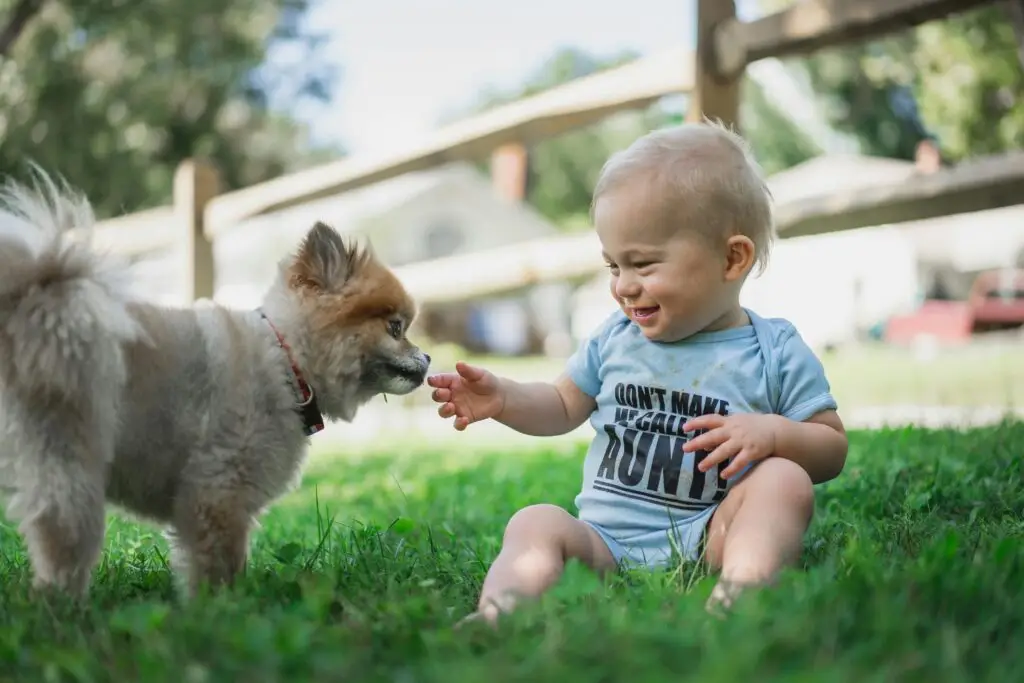Are you providing your pet with what they require? In Pet Nutrition 101: What Should Your Pet Really Be Eating, we demystify the art of feeding dogs and cats a balanced diet. From decoding pet food packaging to learning the essential nutrients your pet needs, this book will inform your decisions to keep them healthy, active, and joyful. Whether you are an inexperienced pet owner or just require additional nutrients in your pet, this is the healthy eating guide for you.

🥩 1. Understand the Basics: Dogs vs. Cats
Dogs are omnivores, whereas cats are obligate carnivores—i.e., their diets differ.
🐶 Dogs need:
- Protein (meat, fish, eggs)
- Carbohydrates (grains, vegetables)
- Fats for energy
- Fiber for digestion
- Vitamins & minerals
🐱 Cats need:
- High animal protein
- Taurine (essential amino acid)
- Fats (from animal sources)
- Minimal carbs

🥕 2. What Should Be in Their Bowl?
Read the ingredient list on pet food like you read your own.
✅ Look for:
- Real meat as the first ingredient
- Whole grains or vegetables
- Clear nutrient content (e.g., Omega-3, calcium)
🚫 Avoid:
- “Meat by-products” and fillers like cornmeal
- Artificial colors, flavors, and preservatives
- Excessive salt or sugar

🐾 3. Wet Food vs. Dry Food: What’s Better?
Each has pros and cons, and many vets recommend a mix of both.
Dry Food:
- More affordable
- Easy to store
- Good for dental health (to a point)
Wet Food:
- Higher moisture content (great for cats)
- More appetizing for picky eaters
- Easier to digest for seniors or ill pets

🧂 4. Don’t Forget Water
Fresh water is as crucial as food. Particularly for cats (who usually don’t drink enough), clean water prevents kidney problems and urinary tract infections.
Tips:
- Change water daily
- Use a pet water fountain to encourage drinking
- Avoid milk—it’s not suitable for adult pets

🐕🦺 5. Treats and Human Food: What’s Safe?
Safe in moderation:
- Cooked chicken or fish
- Carrot sticks, apple slices (no seeds)
- Plain rice or pumpkin (good for digestion)
NEVER feed:
- Chocolate
- Grapes/raisins
- Onions and garlic
- Alcohol or caffeine
- Bones that can splinter (like cooked chicken bones)

👩⚕️ 6. Talk to Your Vet About Nutrition
Every pet is different. Age, breed, size, health condition, and activity level all affect dietary needs. Your vet can help create a tailored diet plan or suggest supplements.

🐾 Final Thoughts
Nutritious food is the key to happy, healthy pet life. With better ingredients and being an informed consumer, you’re not only feeding your pet, but you’re paying into their future! Be label-conscious, ask your vet, and keep the motto in mind each day: happy belly = happy pet!